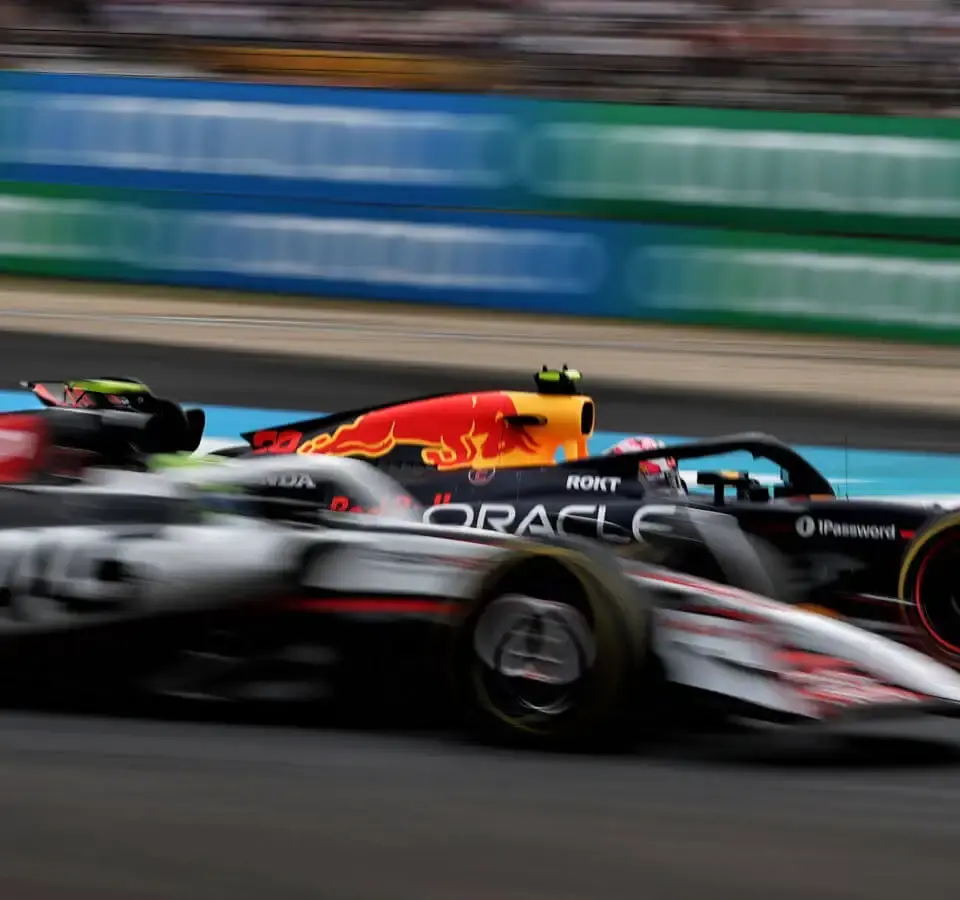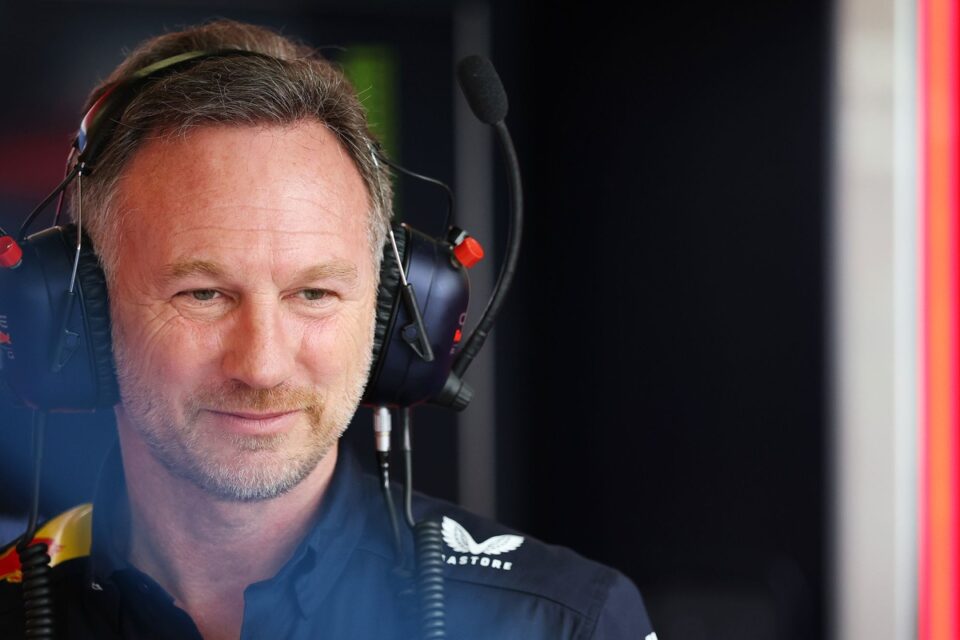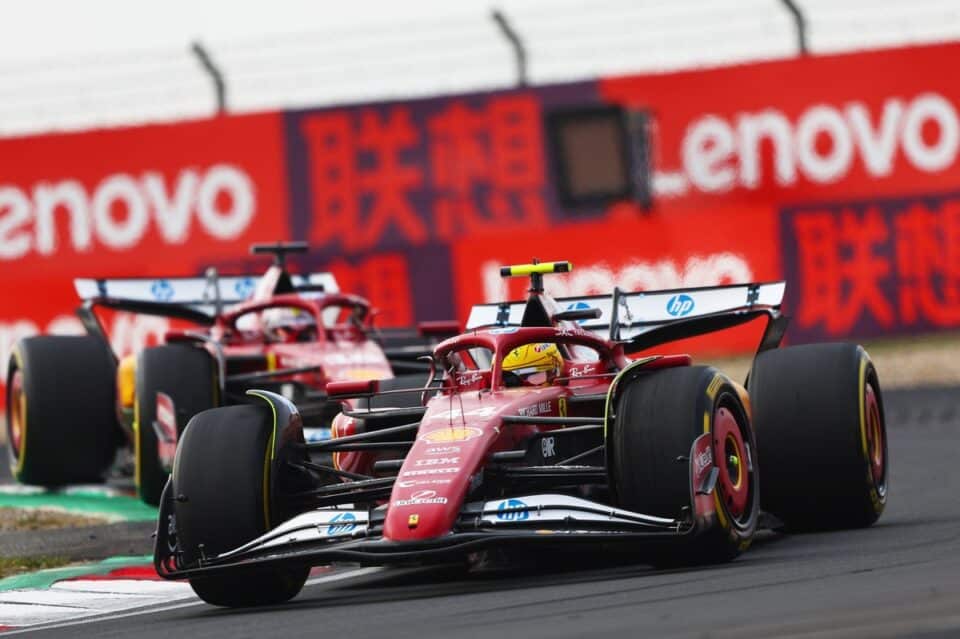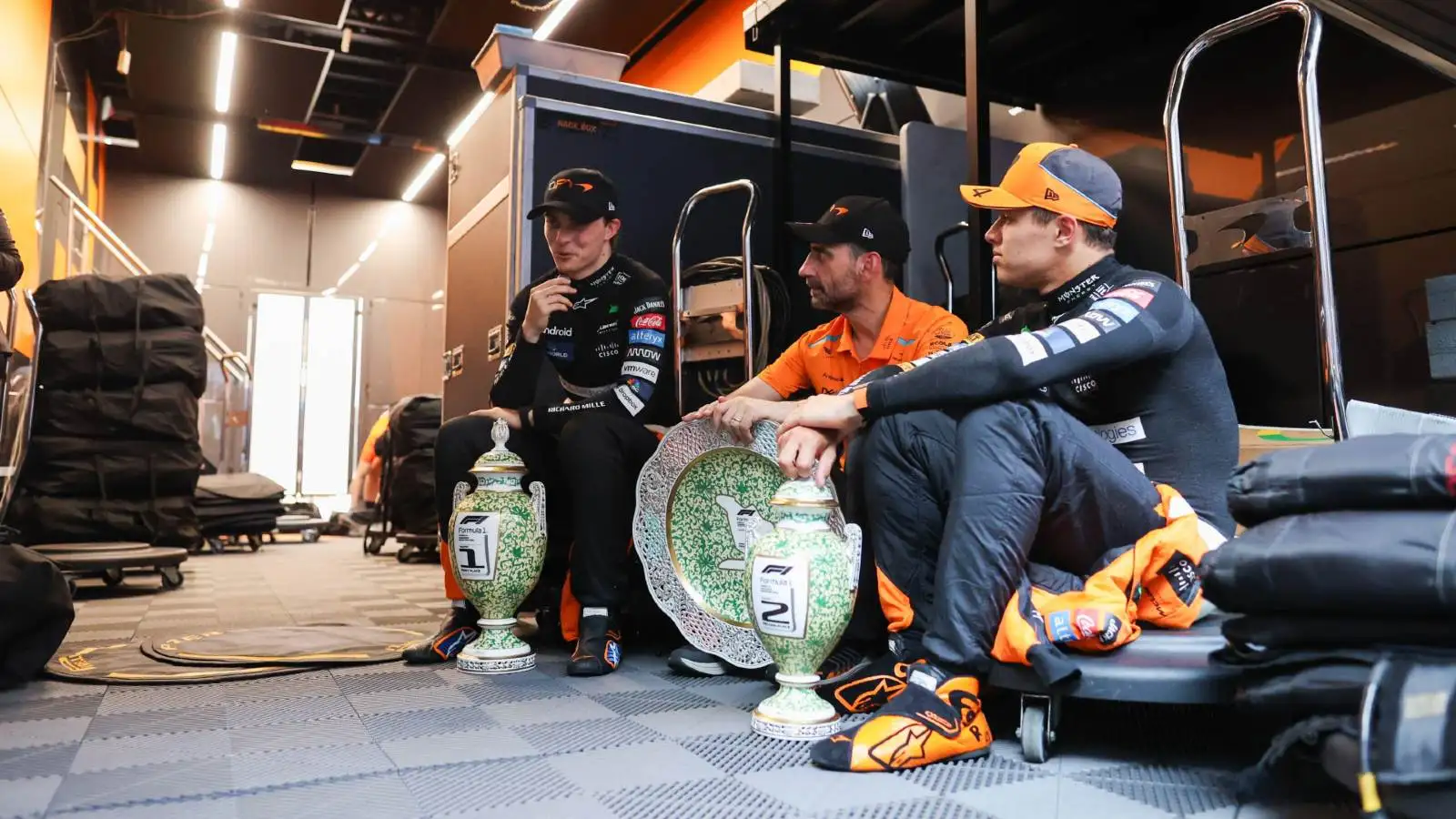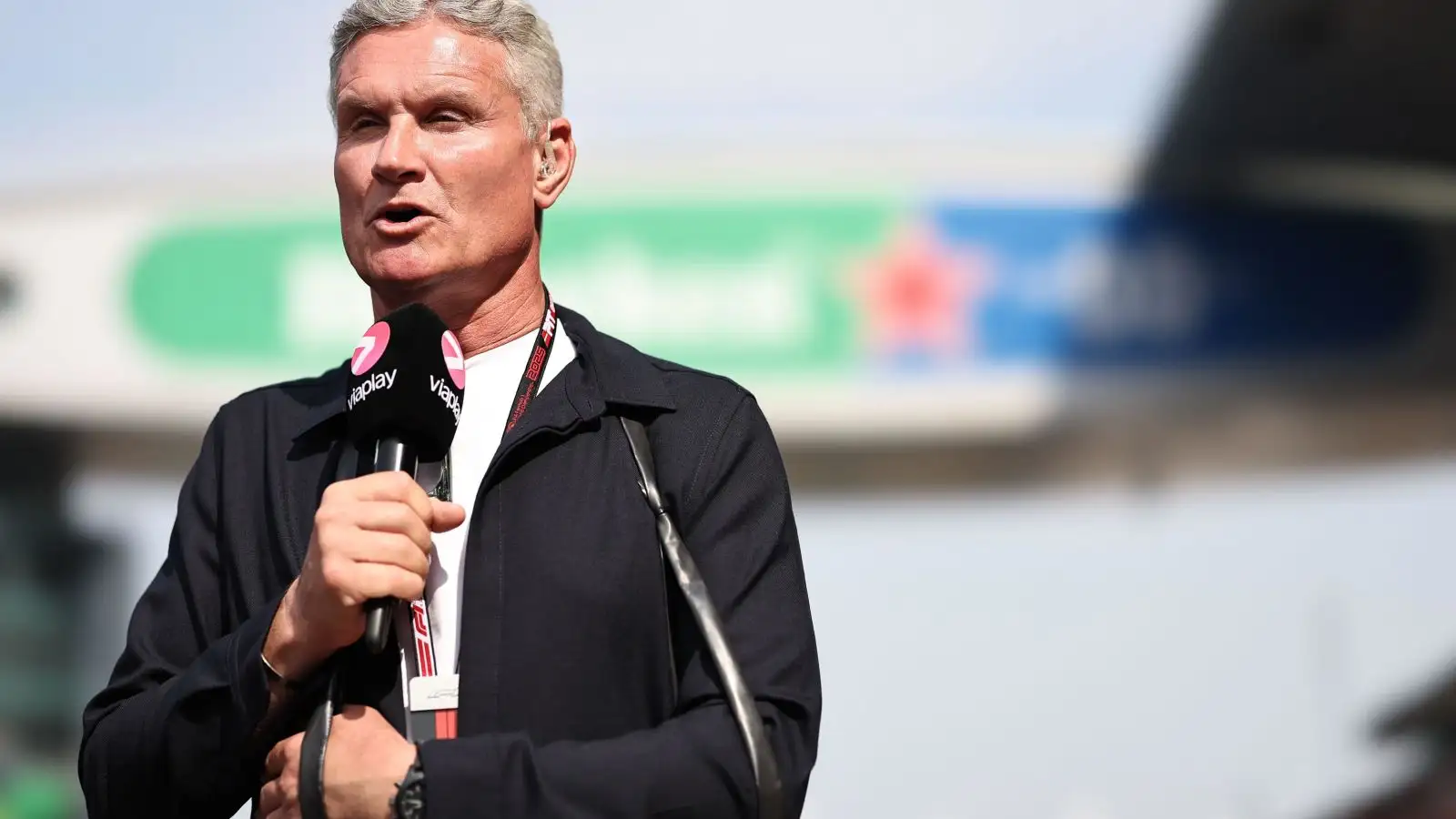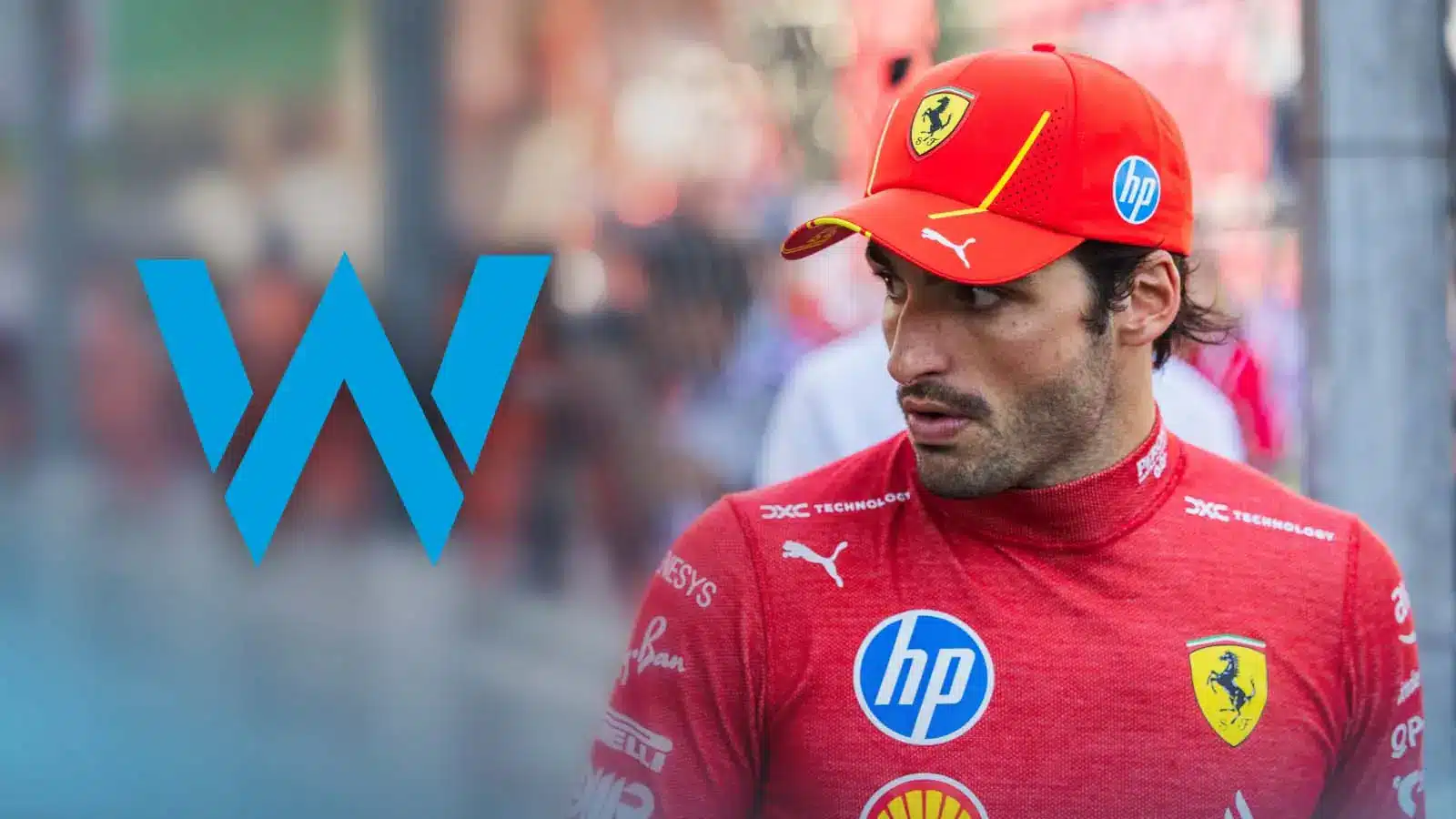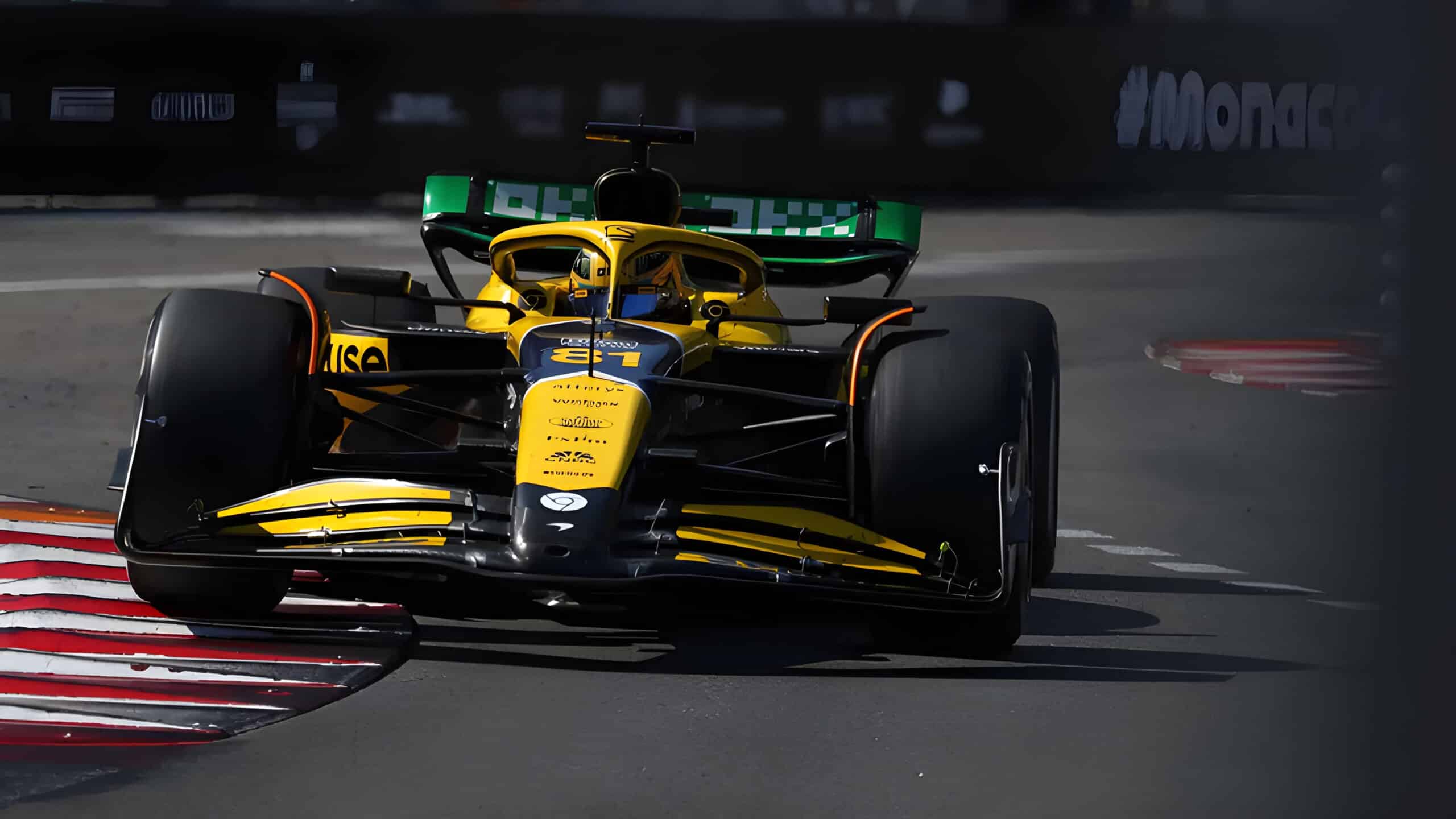Formula 1 fans love a good controversy, and the latest radio drama did not disappoint. As cars roared through Shanghai, a broadcast mix-up tickled the community’s funny bone. What some perceived as a cheeky comment by Lewis Hamilton sparked lively debate, highlighting how easily a narrative can spiral into chaos.
At its core, this was a race that kept enthusiasts at the edge of their seats, not only for the wheel-to-wheel action but for the off-track debates and clarifications. The selective airing of radio communications during the event triggered a cascade of confusion with Lewis Hamilton and Charles Leclerc at the center of it.
The Broadcast Blunder
A seemingly innocuous message from Lewis Hamilton sparked confusion during the Chinese Grand Prix. Hamilton offered to yield position to Charles Leclerc, but the broadcast omitted it, airing only Leclerc’s response. Ferrari’s Fred Vasseur didn’t hold back, accusing the F1 media team of orchestrating unnecessary drama.
Why It Happened
Vasseur called it a “joke,” alluding to the dramatic portrayal intended by FOM’s selective radio airing. This instance showcased the significant impact media decisions can have on race perceptions. Radio messages, often standard fare, took center stage due to this selective presentation.
Bearman’s ‘Ciao’ Misunderstanding
His light-hearted “ciao” instead celebrated his quick thinking and execution of the daring overtakes, which are challenging feats for any driver. Such strategic maneuvers add layers of excitement to an already intense race, which Bearman handled skillfully.
Impact on the Teams
Haas, with its penchant for racing on smooth tracks, had its best showing this season at Shanghai. This result showcased the unpredictable nature of F1, where the dynamics can shift rapidly, either through strategic brilliance or sheer luck.
The Haas Perspective
Bearman emphasized not getting carried away post-race, acknowledging the team’s current setup isn’t as adaptable on bumpier tracks. Shanghai played to their strengths with its smooth surfaces, but consistent performances across different circuits are yet to be proven.
Looking Forward
Furthermore, even with the boost from a fortuitous disqualification, the results offered insights into the team’s capacity to fight for significant points. As they plan future advancements, each race becomes an opportunity to learn and adapt.
The Question of Media’s Role
Ultimately, clear communication and context are key to understanding the unfolding drama, whether through radio snippets or visible track action. F1, as always, combines the thrill of speed with the complexities of human interaction on and off the track.
The Race That Had It All
So, as fans gear up for the next round, the Chinese Grand Prix drama ensures they’ll watch every move and listen to every broadcast with anticipation. Racing becomes more than just speed; it’s about strategy and storytelling in equal measure.
The Chinese Grand Prix offered more than just laps around a track—it was a dynamic story filled with twists. As radio messages got tangled, teams rose to the challenge, and spectators enjoyed a blend of drama and triumph.
With careful attention to broadcasts and team strategies, F1 continues to be a spectacle where every race weekend can flip the script. The Hamilton and Bearman radio saga will go down as yet another intriguing chapter in F1 history.
